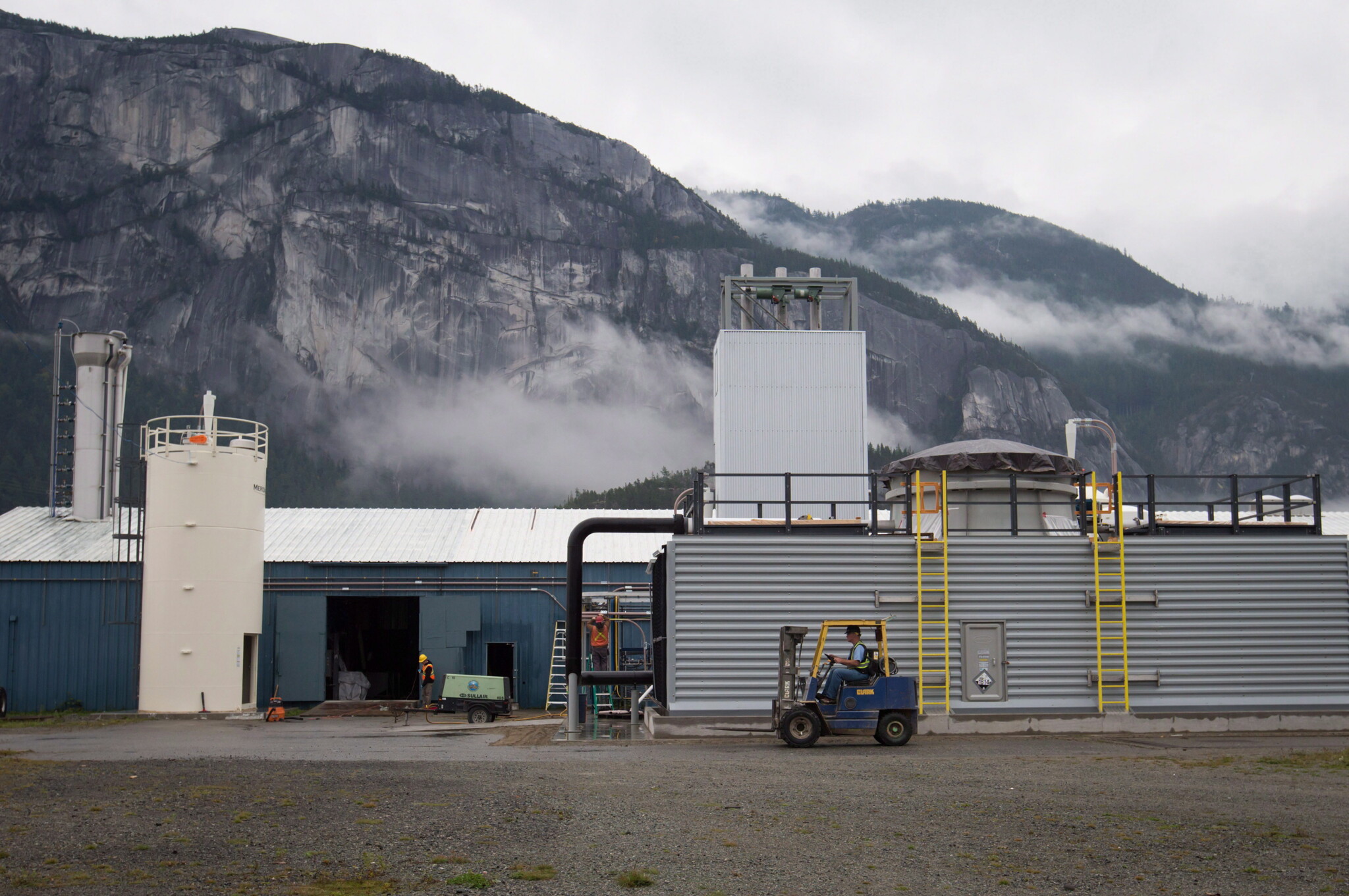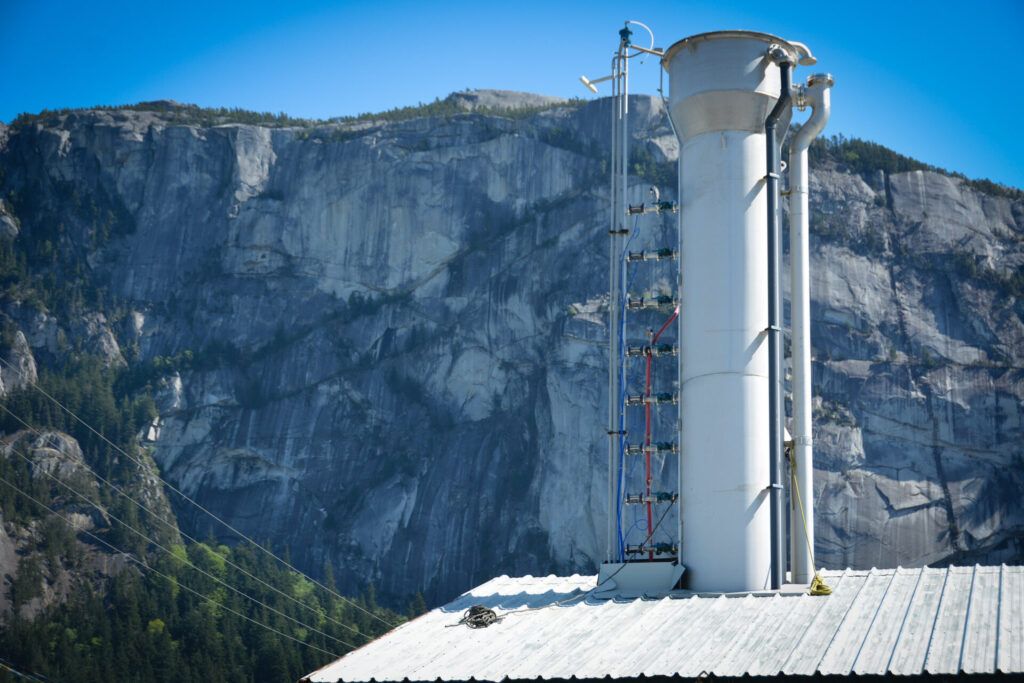
Canada’s Plan to Incentivize Direct Air Capture Projects
Canada is taking a major step toward carbon removal by introducing a draft protocol for Direct Air Carbon Dioxide Capture and Geological Storage (DACCS). This initiative allows companies capturing CO₂ directly from the air and storing it underground to earn federal offset credits under the Canadian Greenhouse Gas Offset Credit System Regulations.
The goal is to encourage investment in direct air capture (DAC) technology, a developing field that could play a big role in reducing carbon emissions. The draft protocol, published by Environment and Climate Change Canada, is open for public comments until March 28, 2025.
>> In Other News: Unpacking New Developments In The Carbon Markets

Companies Driving Direct Air Capture in Canada
Several companies are actively developing DAC technology, working on ways to scale up carbon removal efforts while making the process more cost-effective. Here are some of the key players in Canada:
Carbon Engineering
Based in Squamish, British Columbia, Carbon Engineering has been leading DAC innovation since 2009. The company’s pilot plant, operational since 2015, captures about a ton of CO₂ per day. They focus on converting captured CO₂ into synthetic fuels, helping reduce the carbon footprint of transportation.
"With an increasing focus worldwide on the need to transition to a low carbon economy, companies that provide cost-effective and scalable solutions for lowering carbon levels will be leaders in an emerging global economy," said Steve Oldham, CEO of Carbon Engineering. Furthermore, he emphasized the importance of Canada's support for DAC projects, as government-backed offset credits can make direct air capture financially viable and help scale this technology faster.
The company has also partnered with Oxy Low Carbon Ventures to develop one of the world’s first commercial-scale DAC plants in the U.S., showing the potential for international expansion.
Deep Sky
Deep Sky is a Montreal-based company focused on scaling carbon removal projects. They employ both direct air capture and ocean capture technologies to permanently store CO₂ underground.
In a partnership with Carbon Atlantis, Deep Sky is set to launch a DAC facility in Quebec by 2025, aiming to remove 260 tonnes of CO₂ annually. The company is positioning itself as a hub for large-scale carbon removal projects, attracting funding from global investors.
CarbonCure Technologies
Operating out of Halifax, Nova Scotia, CarbonCure Technologies has developed an approach to store CO₂ inside concrete. While this method is not eligible under the new DACCS protocol, it remains an important solution in the carbon removal industry. By injecting CO₂ into concrete during mixing, the company creates a permanent storage solution while strengthening the material.

Investments and Collaborations Driving DAC Forward
Breakthrough Energy’s Investment in Deep Sky
Bill Gates’s Breakthrough Energy is supporting DAC development in Canada. In December 2024, Breakthrough Energy awarded $40 million to Deep Sky to establish a DAC testing ground in Alberta. The facility will allow companies to test and refine their carbon removal technologies, accelerating their path to commercialization.
"To reach our climate goals, we need to invest in a portfolio of carbon removal solutions, including direct air capture. This technology has the potential to play a critical role in addressing hard-to-abate emissions, but it requires significant investment and collaboration to scale,” said Rafael Barker, managing director at Breakthrough Energy. “With Canada’s new protocol, we expect more companies to enter this space.”
Pathways Alliance and Large-Scale Carbon Storage
Pathways Alliance, a coalition of major oil sands producers like Canadian Natural Resources and Suncor Energy, is working on a C$16 billion carbon capture and storage project. While their focus is on industrial CO₂ emissions, the technology overlaps with DACCS and highlights the growing interest in large-scale CO₂ sequestration.
Public Consultation and What Comes Next
Environment and Climate Change Canada has opened the DACCS protocol for a 60-day public consultation, allowing stakeholders to submit comments by March 28, 2025. A webinar is scheduled for February 19, 2025, where officials will provide an overview of the protocol and answer industry questions.
The feedback collected will shape the final design of the DACCS protocol and could lead to regulatory amendments. This process ensures that industry players, investors, and researchers can contribute to refining the framework before it becomes official policy.
Canada’s Push Toward Net-Zero
By formalizing offset credits for DAC projects, Canada is moving toward its net-zero emissions target. The federal offset credit system will provide financial incentives, making carbon removal a commercially viable industry.
The success of this initiative will depend on private sector participation, technological breakthroughs, and government support. Companies like Carbon Engineering, Deep Sky, and CarbonCure are proving that DAC is not just theoretical—it’s happening now.
As Canada refines its approach, the coming months will be crucial in determining how direct air capture fits into the country’s broader climate strategy.
Subscribe to the newsletter
Daily decarbonization data and news delivered to your inbox
Follow the money flow of climate, technology, and energy investments to uncover new opportunities and jobs.
Latest issues
-
How Direct Air Capture Could Drop 75% in Cost
Inside This Issue 💨 How Direct Air Capture Could Drop 75% in Cost ⚡ Cache Power Advances 30 GWh Compressed Air Energy Storage Project In Alberta 🪨 Canada Nickel And The University Of Texas At Aust...
-
EPA Rule Unlocks $20B Biofuels Boom: The Decarbonization Players Who Gain
Inside This Issue 🌾 EPA Rule Unlocks $20B Biofuels Boom: The Decarbonization Players Who Gain ⛏️ DMS Georgia: World’s First Deep Mine Carbon Storage 💧 Dirty Water Boosts Prospects for Clean Hydrog...
-
Inside the Power Plant Conversion Everyone’s Arguing About
Inside This Issue ⚡ In Controversial Move, LADWP Says It Will Shift Its Largest Gas Power Plant to Hydrogen 🌎 NorthX Catalyzes the Rise of Canada's Carbon Removal Industry 🤝 Elemental Clean Fuels ...
Company Announcements
-
CHAR Tech Invited To Join The Canadian Iron & Steel Energy Research Association (CISERA)
TORONTO, Oct. 29, 2025 (GLOBE NEWSWIRE) -- CHAR Technologies Ltd. ("CHAR Tech" or the "Company") (TSXV:YES), a leader in sustainable energy solutions, is pleased to announce that it has been invite...
-
Scientists May Have Found a Near-Limitless Energy Source That Could Power Earth Forever
The Midcontinent Rift is an ancient crack in the ground that started to open across the middle of North America about 1.1 billion years ago. Over time, this rift became home to magma, water, metals...
-
ICAO General Assembly 2025 Reaffirms Aviation’s Commitment to Net-Zero by 205
The 42nd International Civil Aviation Organization (ICAO) General Assembly, held in Montreal in October 2025, made waves with pivotal decisions concerning the future of aviation sustainability. As ...
-
University of Alberta-led research highlights emerging hydrogen storage potential at Robinsons River Salt Dome November 04, 2025 08:00 ET | Source: Vortex Energy Corp. VANCOUVER, British Columbia...